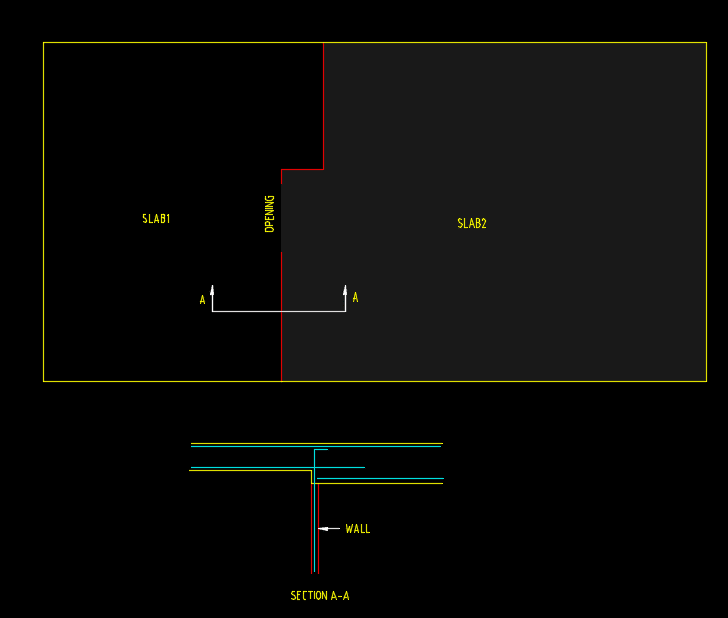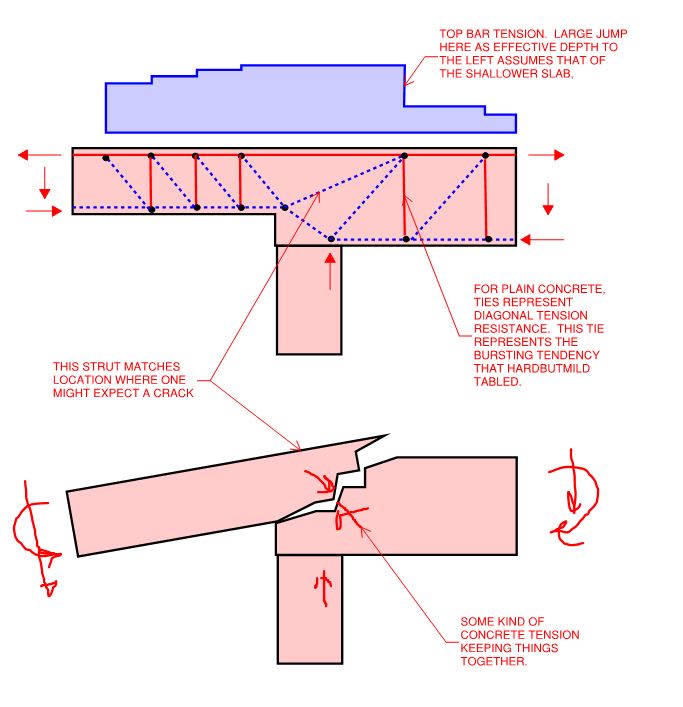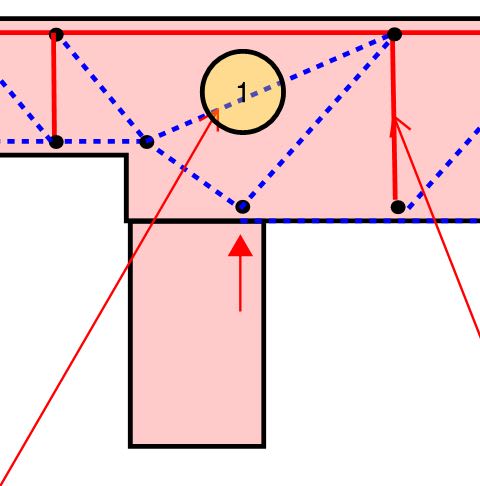FreshMan2020
Structural
Hi Fellows,
I have a question in relation to flat slab design of a job I am doing now.
I am trying to use different slab thickness for one floor
Please see my sketch below. (red lines denote walls under and external walls not shown)

I am newbie and need your thoughts on this. Is it a common way to have different thickness for flat slab (not step down but just different thickness). If so, is the detailing above seem fine and is it a must to arrange a beam over the opening and what do I do if I don't? What else that I need to pay attention to?
Thank you.
I have a question in relation to flat slab design of a job I am doing now.
I am trying to use different slab thickness for one floor
Please see my sketch below. (red lines denote walls under and external walls not shown)

I am newbie and need your thoughts on this. Is it a common way to have different thickness for flat slab (not step down but just different thickness). If so, is the detailing above seem fine and is it a must to arrange a beam over the opening and what do I do if I don't? What else that I need to pay attention to?
Thank you.


